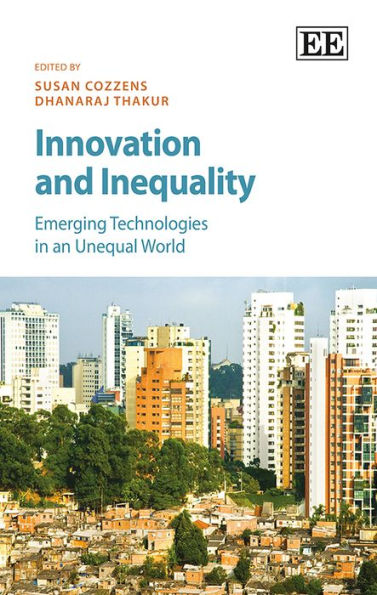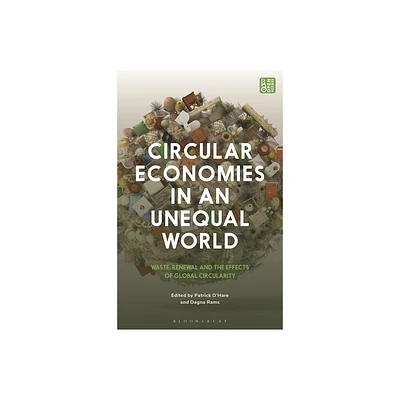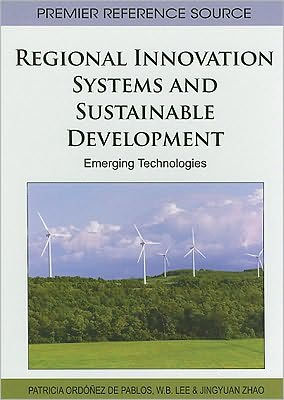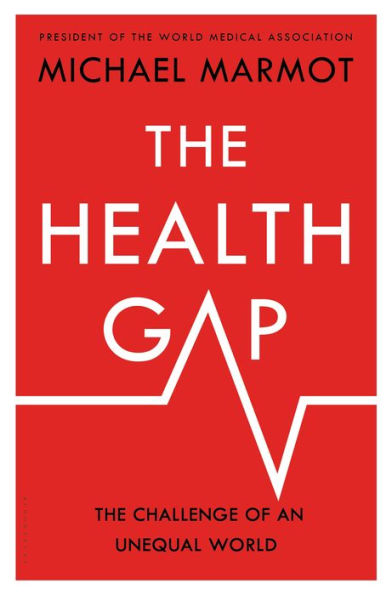Home
Innovation and Inequality: Emerging Technologies in an Unequal World
Loading Inventory...
Barnes and Noble
Innovation and Inequality: Emerging Technologies in an Unequal World
Current price: $186.00


Barnes and Noble
Innovation and Inequality: Emerging Technologies in an Unequal World
Current price: $186.00
Loading Inventory...
Size: OS
*Product Information may vary - to confirm product availability, pricing, and additional information please contact Barnes and Noble
Inequality is one of the main features of globalization. Do emerging technologies, as they spread around the world, contribute to more inequality or less? This unique interdisciplinary text examines the relationships between emerging technologies and social, economic and other forms of inequality.
Susan Cozzens, Dhanaraj Thakur, and the other co-authors ask how the benefits and costs of emerging technologies are distributed amongst different countries - some rich and some poor. Examining the case studies of five technologies across eight countries in Africa, Europe and the Americas, the book finds that the distributional dynamics around a given technology are influenced by the way entrepreneurs and others package the technology, how governments promote it and the existing local skills and capacity to use it. These factors create social and economic boundaries where the technology stops diffusing between and within countries. The book presents a series of recommendations for policy-makers and private sector actors to move emerging technologies beyond these boundaries and improve their distributional outcomes.
Offering a broad range of mature and relatively new emerging technologies from a diverse set of countries, the study will strongly appeal to policy-makers in science, technology and innovation policy. It will also benefit students and academics interested in innovation, science, technology and innovation policy, the economics of innovation, as well as the history and sociology of technology.
Contributors:
B. Beckert, I. Bortagaray, L. Brito, R. Brouwer, S. Cozzens, M.P.Falcão, S.D. Gatchair, J.A. Holbrook, L.A. Pace, D. Thakur
Susan Cozzens, Dhanaraj Thakur, and the other co-authors ask how the benefits and costs of emerging technologies are distributed amongst different countries - some rich and some poor. Examining the case studies of five technologies across eight countries in Africa, Europe and the Americas, the book finds that the distributional dynamics around a given technology are influenced by the way entrepreneurs and others package the technology, how governments promote it and the existing local skills and capacity to use it. These factors create social and economic boundaries where the technology stops diffusing between and within countries. The book presents a series of recommendations for policy-makers and private sector actors to move emerging technologies beyond these boundaries and improve their distributional outcomes.
Offering a broad range of mature and relatively new emerging technologies from a diverse set of countries, the study will strongly appeal to policy-makers in science, technology and innovation policy. It will also benefit students and academics interested in innovation, science, technology and innovation policy, the economics of innovation, as well as the history and sociology of technology.
Contributors:
B. Beckert, I. Bortagaray, L. Brito, R. Brouwer, S. Cozzens, M.P.Falcão, S.D. Gatchair, J.A. Holbrook, L.A. Pace, D. Thakur

















